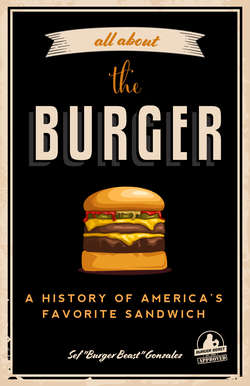Читать книгу All about the Burger - Sef Gonzalez - Страница 18
На сайте Литреса книга снята с продажи.
ОглавлениеAdvertising Works
June 3, 1932, was a historic day for the company. They ran a “buy two, get three for free” coupon ad in the local newspaper for the following day at three in the afternoon. Some experts in the marketing field told them that very few, if any, customers would be interested in using a coupon for a free hamburger. By two o’clock the next day, most of their locations had lines of eager hamburger consumers ready to cash in their coupons. It was such a challenge to keep up with the demand that the next time the ad ran, it was good for five to seven days instead of just one.
Another ingenious idea was a program White Castle created to educate mothers and homemakers about the sanitary conditions of their restaurants and the quality of their food. There was a “Julia Joyce” in every city who would act as the company hostess and guide the ladies around their local White Castles. Upon the completion of the tour, the women were presented with one coupon for five carryout hamburgers for ten cents, and another coupon valid the following Saturday for hamburgers for children.
Billy Goes It Alone
In 1933, Walter Anderson sold out all his interests in White Castle to Billy Ingram for $340,000. The following year, Billy decided to move all company operations from Wichita to a more centralized location at 555 Goodale Street in Columbus, Ohio. The White Castle general offices, along with the Paperlynen Company and the new Porcelain Steel Buildings Company divisions, would have homes there.
By April 1933, White Castles were in 125 locations in sixteen different cities. The mid-1930s found White Castle adding carhop service to their restaurants to compete with the growing drive-in culture. Curb service ended in 1972, as drive-thrus were now the next big thing.
During World War II, Porcelain Steel Buildings Company was not allowed to produce anything that did not support the war, so they accepted contracts to build amphibious vehicles. Meanwhile, the White Castle locations had to deal with meat rationing by selling whatever they had available to them.
“If we had some ham, we could have some ham and eggs—if we had some eggs,” said Billy Ingram in 1943. “If we had enough help, we could do a good business—if we had something to sell.”
